Top 10 Rules For Safe Knife Handling – Chefs | Kitchen | Food Production
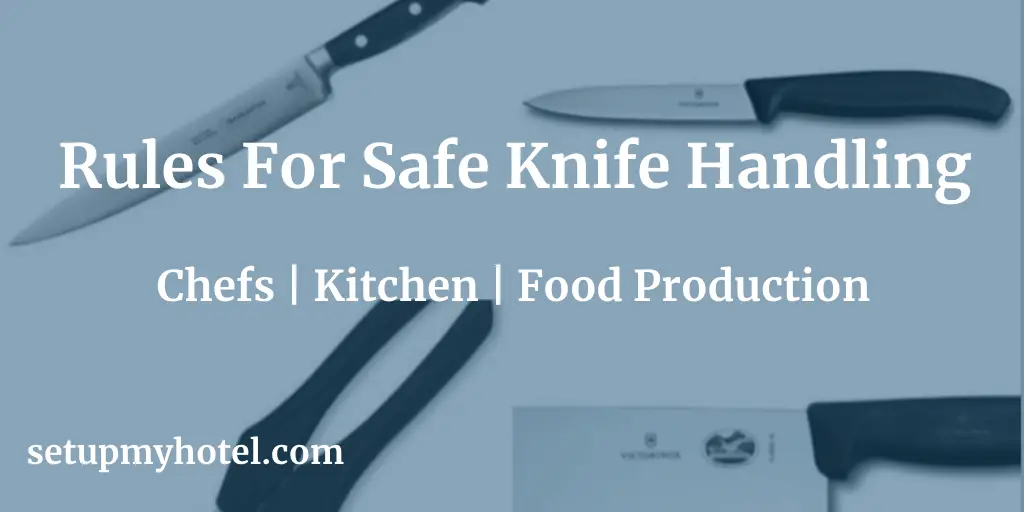
How to properly handle the knife in the hotel kitchen? The knife is considered by chefs as their most valuable ...
Read more
Use Of Thermometer In Hotel Kitchen / Food Production
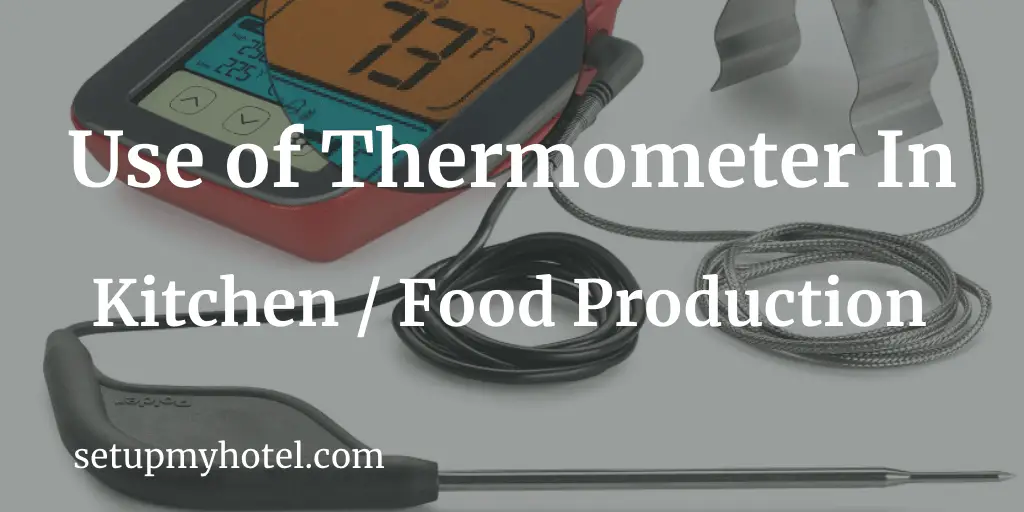
What is the use of a Thermometer in the hotel kitchen? In the food production or kitchen environment microbes are ...
Read more
Kitchen Key Terms Complete List (A-Z) / Food Production Key Terms / Culinary Terms / Kitchen Jargons
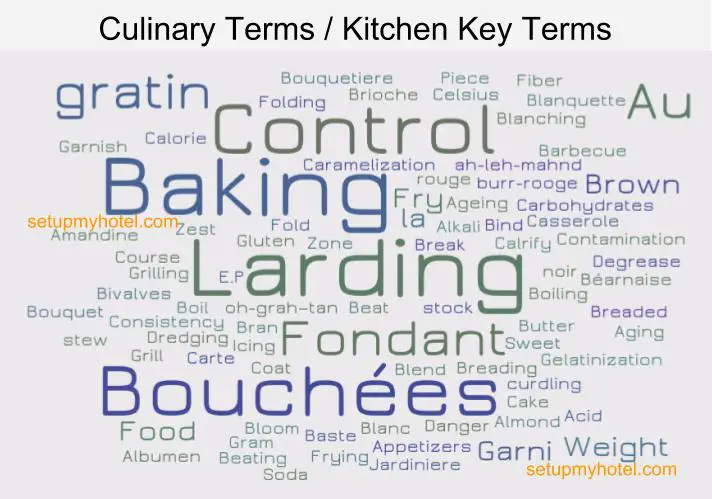
Food Production Key Terms / Kitchen Terms / Culinary Terms / Kitchen Jargon In the world of food production and ...
Read more
19 Cuts Of Vegetables / Types Of Vegetables Cuts
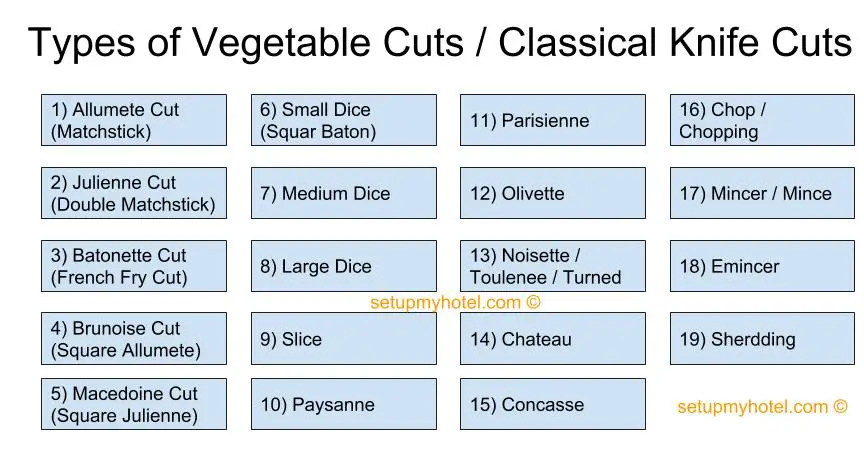
Types Of Vegetable Cuts Used in the Kitchen / Food Production Vegetables are a staple in many kitchens, and their ...
Read more
Top Factors That Affect How Quickly Foods Will Cool Down

Methods and Factors that help in cooling down foods quickly Foods that are too hot can be dangerous to eat. To ...
Read more
SOP – Kitchen / F&B Production – Kitchen Opening Duties / Preparation for Kitchen Service
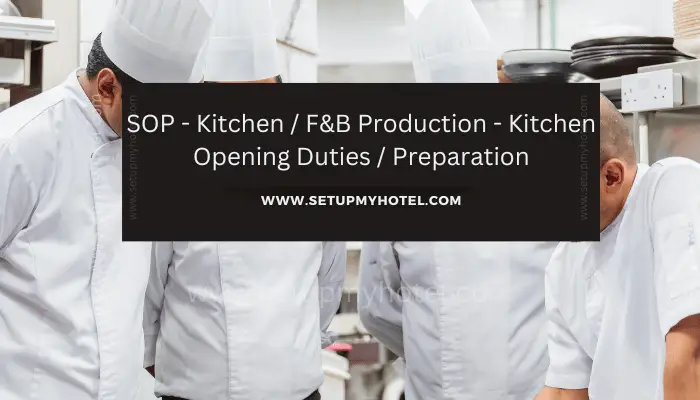
Preparation for Kitchen Service or Kitchen Opening Task Before the kitchen opens for business, there are several tasks that need ...
Read more
SOP – Kitchen / F&B Production – Kitchen Closing Duties
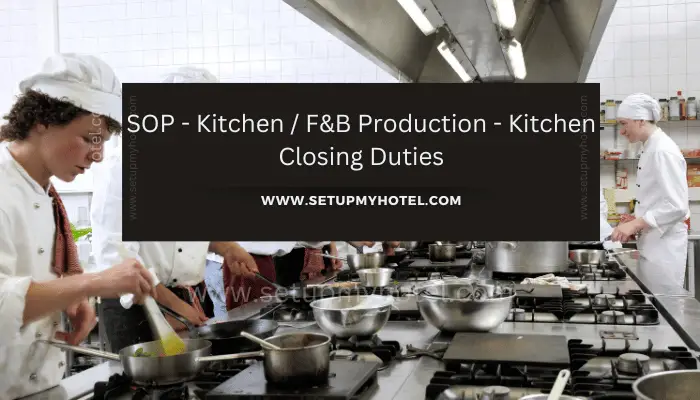
Kitchen Closing Duties or Kitchen Shift End Task After a long day of preparing food and serving customers, it is ...
Read more
SOP – Kitchen / F&B Production – Pest Control Policies
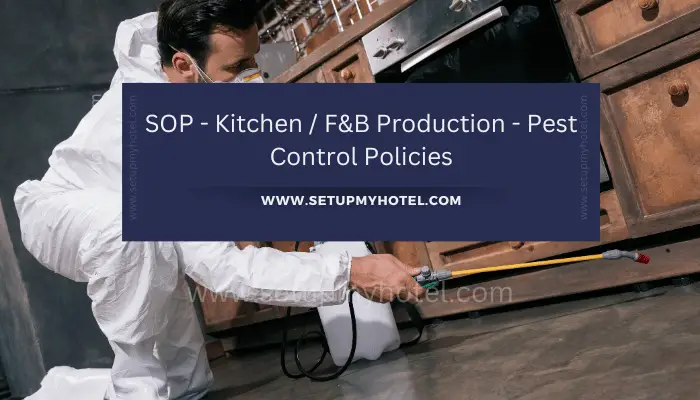
Pest Control Procedure and Policies Pest control is a crucial aspect of maintaining a clean and safe kitchen or food ...
Read more
SOP – Kitchen / F&B Production – Equipment Handling, Cleaning and Sanitising
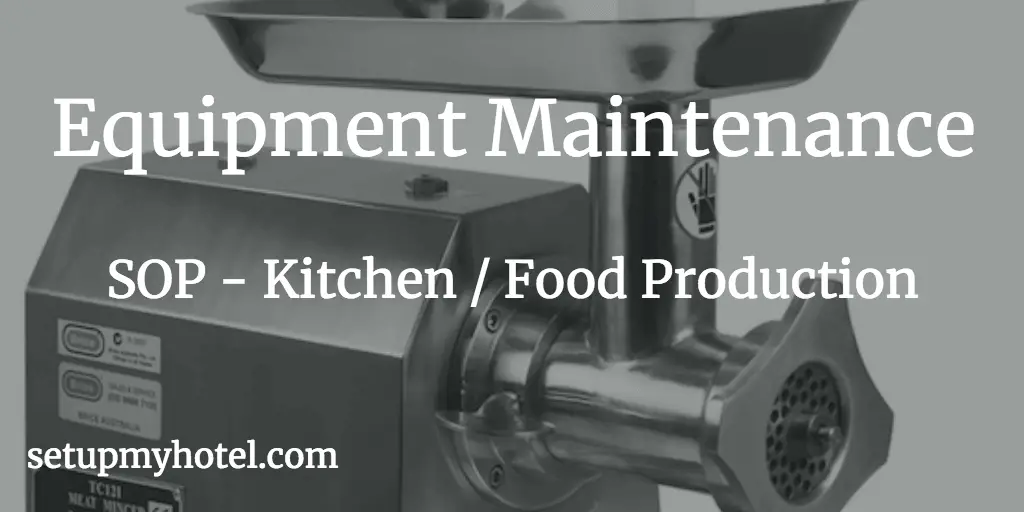
Kitchen Equipment Handling and Maintaining When working in a kitchen or F&B production environment, it is important to know how ...
Read more
SOP – Kitchen / F&B Production – Purchasing Food and Raw Materials
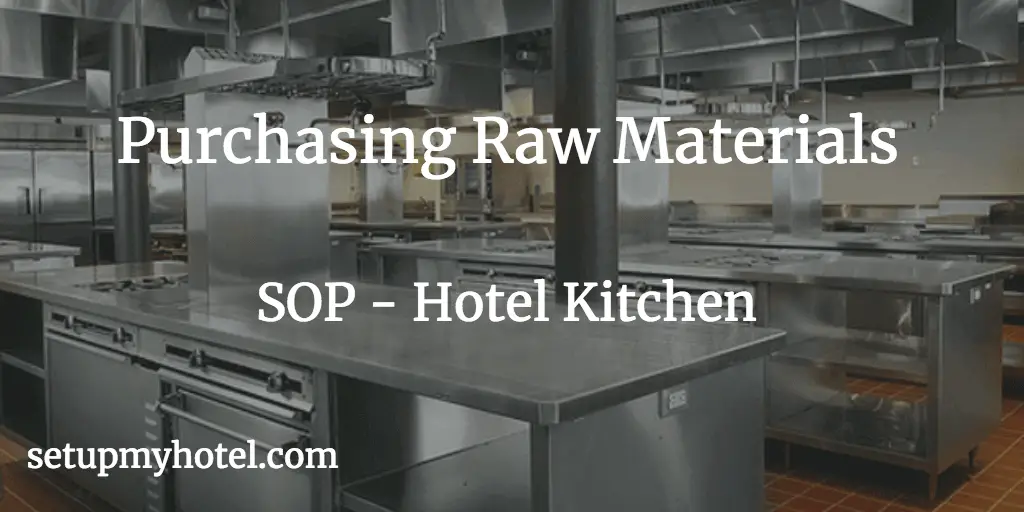
Purchasing Food and Raw Materials in the Hotel Kitchen When it comes to running a successful kitchen or food and ...
Read more









